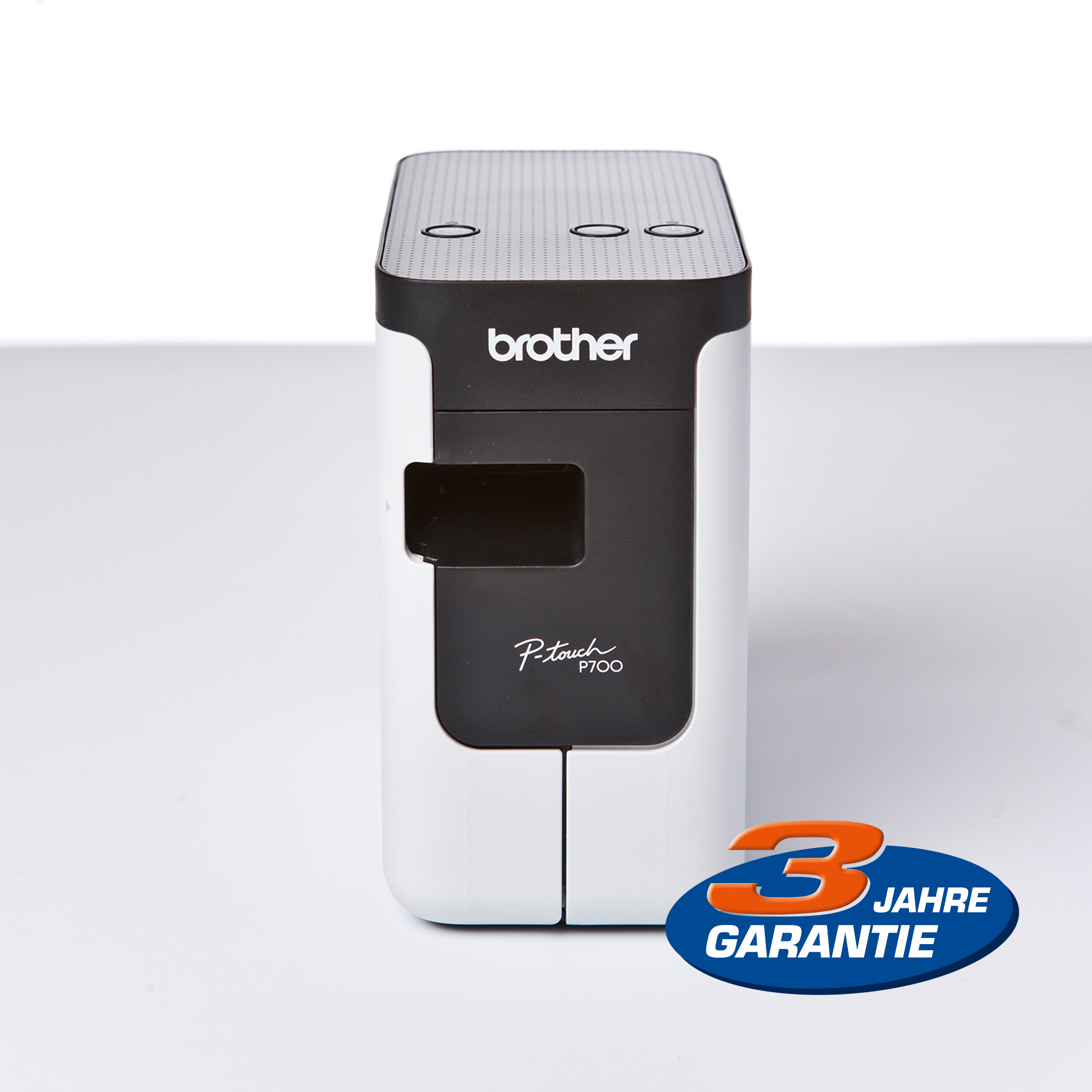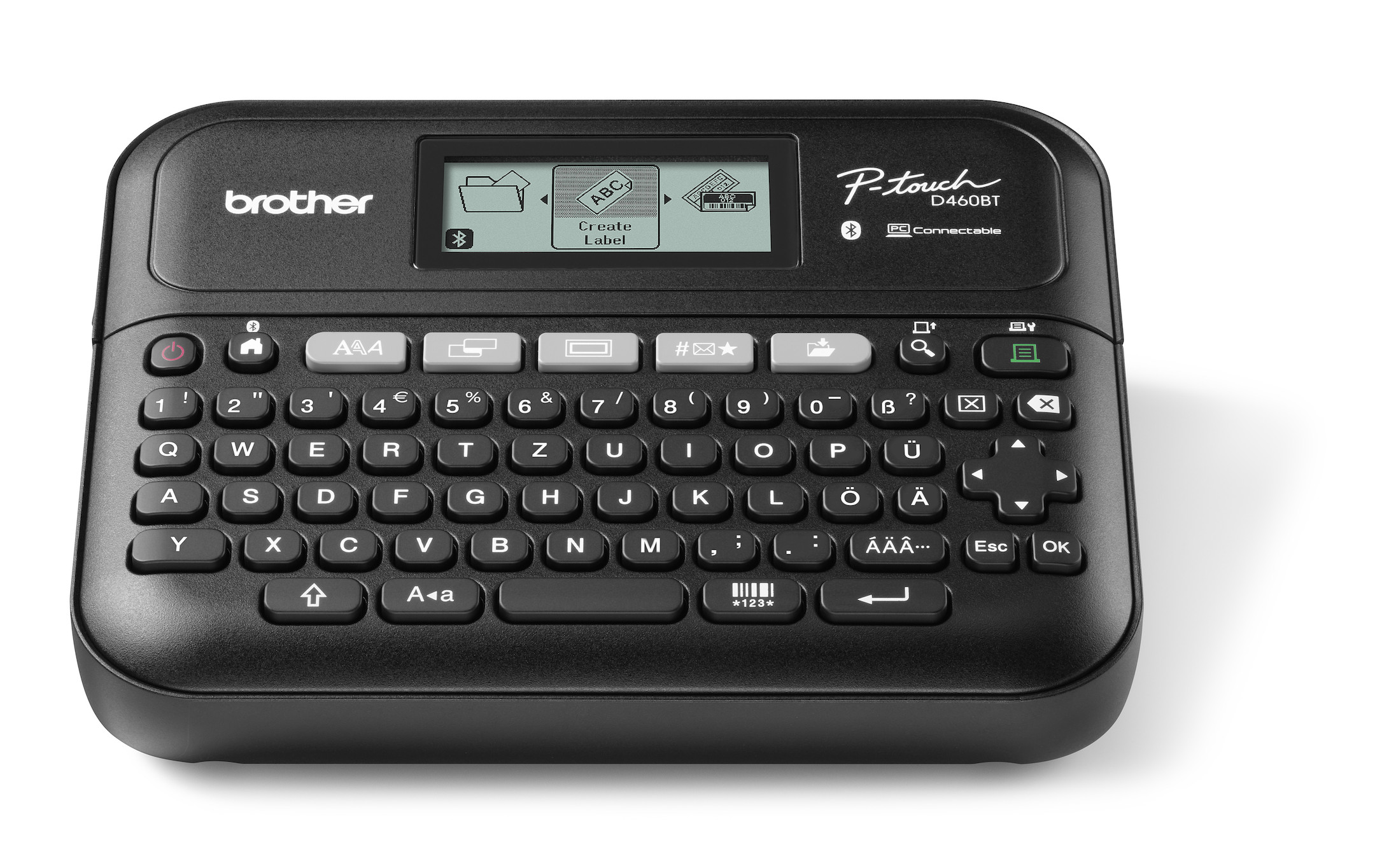











£79.00*


Frequently purchased together
Product information
Brother P-touch PT-P700: Your professional partner for PC labelling
Easy and fast label creation on the PC
The Brother P-touch PT-P700 revolutionises the creation of labels thanks to its simple handling. Simply connect the device to your PC via USB cable and it will be recognised as a "drive", similar to a USB stick. This means you can immediately design labels with the pre-installed PT-Editor Lite software, without installing drivers or software. This makes the device particularly practical in restrictive corporate environments, as no administrator rights are required to use it.
Experience the following highlights:
- Backlaminate printing for laminated, i.e. smudge-, weather- and scratch-resistant labels. smudge-, weather- and scratch-resistant labels
- No driver or software installation required
- Automatic cutting unit
- Band widths 3.5 / 6 / 9 / 12 / 18 and 24 mm
- USB connection
- Resolution 180 dpi
Various design options and powerful functions
Use the installed True Type fonts, various font styles as well as frames and symbols for customised label designs. An automatic cutting unit simplifies the process. For more demanding labelling tasks, the P-touch Editor full version, which is included on CD-ROM, can be installed to use functions such as barcode and mail merge printing from a database. The supplied mains adapter guarantees that the PT-P700 is always ready for use. The device supports TZe tapes from 3.5 to 24 mm and HSe shrink sleeves from 5.8 to 23.6 mm wide, with a print speed of up to 30 mm/second. The software automatically recognises the inserted tape cassette and adjusts the settings accordingly.
Technical data
| Name | Brother P-touch PT-P700 labelling machine |
|---|---|
| Article number | 1000030263 |
| GTIN/EAN | 4977766731140 |
| Manufacturer SKU | PTP700ZG1 |
| Model name | PT-P700 |
| Brand | Brother |
| Product Type | Labelling device |
| Function | |
| Inputs | 1x USB-A |
| Product width | 7.8 cm |
| Product height | 14.3 cm |
| Product depth | 15.2 cm |
| Weight | 0.71 kg |
| Colour | White |
| Condition | New |
| Warranty | 36 Month |
| Warranty type | Bringin service Service and support information |
Product safety
| Person responsible for the EU |
|---|
| Brother International GmbH |
| Konrad-Adenauer-Allee 1-11 |
| 61118 Bad Vilbel |
| Germany |
| info@brother-ism.com |




